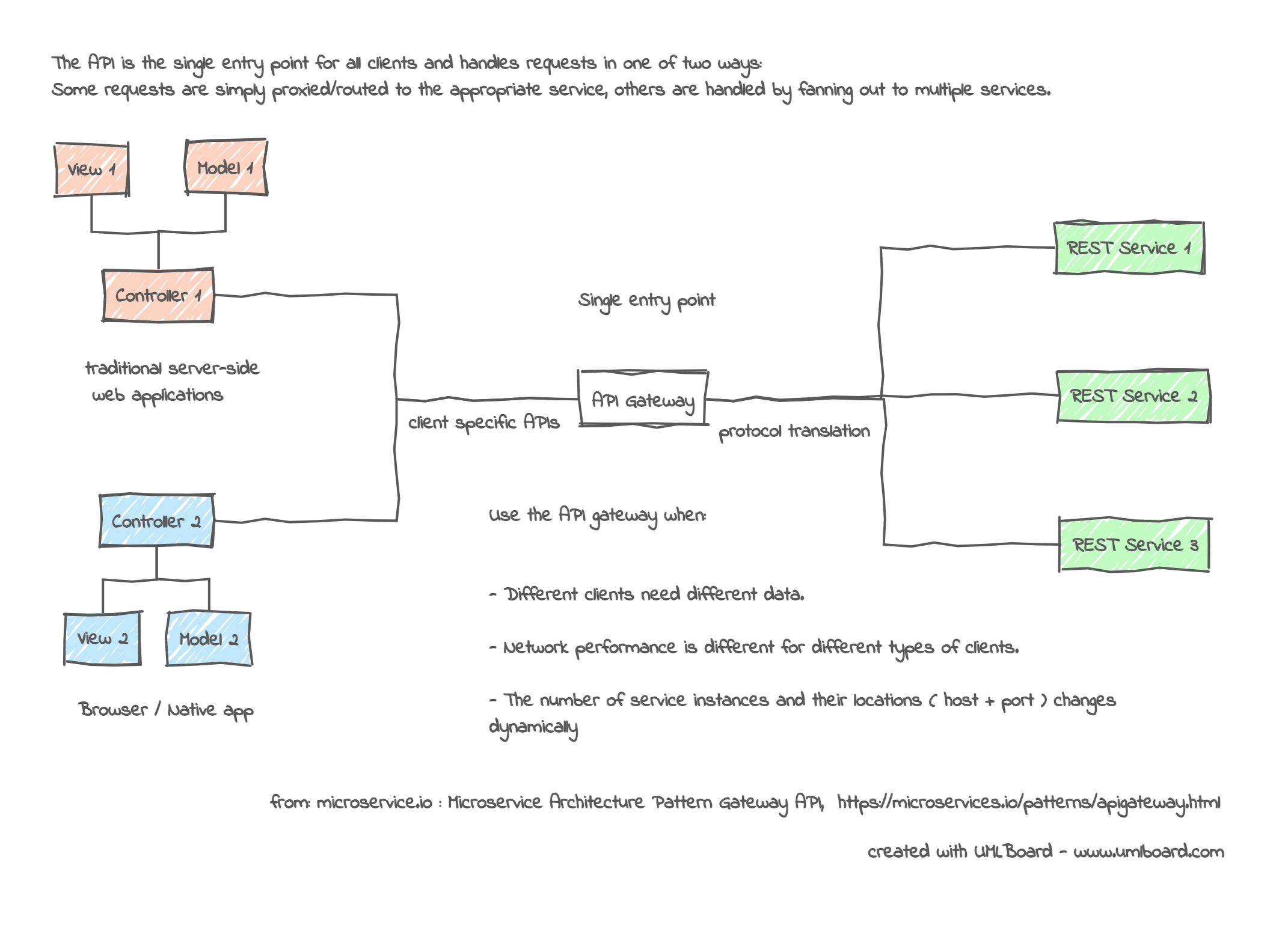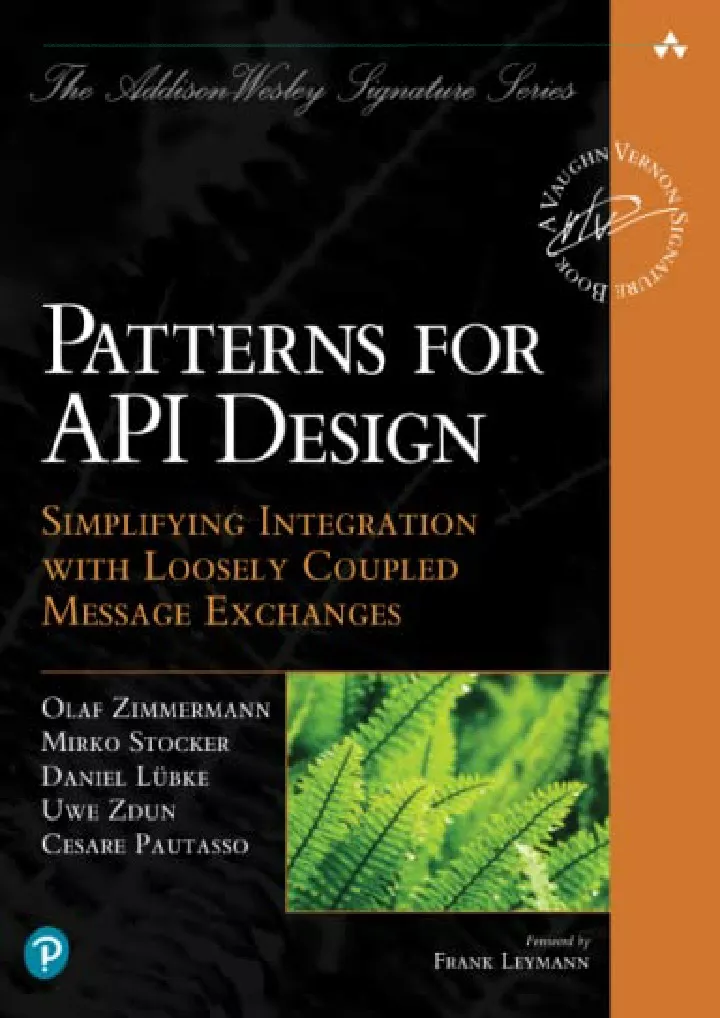Table Of Content

API design patterns are a powerful tool for creating effective, scalable, and secure APIs. Whether building RPC, REST, or GraphQL APIs, understanding and applying API design patterns can help developers create high-quality APIs that meet the needs of their users and organizations. APIs serve as contracts that define communication between applications, services, and components.
REST API Design Guidance
We also don't force the clients to use the new version straight away. They can use the current version and migrate on their own when the new version is stable. The big advantage is that we can work on new features or improvements on a new version while the clients are still using the current version and are not affected by breaking changes. In our example we're not using a real database such as MongoDB or PostgreSQL because I'd like to focus more on the best practices itself.
Application integration patterns for microservices: Orchestration and coordination Amazon Web Services - AWS Blog
Application integration patterns for microservices: Orchestration and coordination Amazon Web Services.
Posted: Wed, 18 Nov 2020 08:00:00 GMT [source]
Describe resource functionality with HTTP methods

For example, your cookbook API may need to return only recipes from a specific category, or you want to show the recipes with the least prep time. Rather than create redundant endpoints, plan for smart parameters from the start. In addition to the API architecture and recommendations outlined in Roy Fielding’s dissertation, we now have two decades of practical application. When designing API projects, it makes sense to build upon the REST best practices and guidelines for web services already implemented by countless others.
Give feedback to help developers succeed
If validation succeeds, google.rpc.Code.OK must be returned andany full request using the same request message should not returngoogle.rpc.Code.INVALID_ARGUMENT. Note that the request may still faildue to other errors such as google.rpc.Code.ALREADY_EXISTS or becauseof race conditions. If this field is set to true, the server must not execute any sideeffects and only perform implementation-specific validation consistentwith the full request.
Resources and URI
It should provide examples and code snippets to help developers get started quickly. Additionally, documentation should be kept up-to-date with any changes to the API, to ensure that developers always have the most accurate information. Understanding API design patterns is crucial for creating high-quality APIs that meet the needs of both developers and end-users. By following best practices and leveraging established patterns, developers can create APIs that are intuitive, reliable, and user-friendly, improving the overall experience for all stakeholders.
A REST API is an application programming interface architecture style that conforms to specific architectural constraints, like stateless communication and cacheable data. You can test things out by adding a workout with the same name twice or not providing a required property inside your request body. You should receive the corresponding HTTP error codes along with the error message. The first step in the API design process is for all stakeholders to agree on the API's business use case. The use case may also have implications on the type of architecture you choose. Once in agreement, stakeholders should clearly outline their goals for the API by describing—in natural language—exactly how it will meet specific needs.
The above suggestions are just that — advice and recommendations which can be used or discarded depending on your user case and requirement. One of the main reasons why API design is crucial is to help the end consumer use your API. Their needs should be the guiding light towards designing and building a great API. Notice the data types and an example described in each response item an end user can expect from a successful GET call. The successful response an end user would receive in JSON would look as follows. The issue is whether you should wrap the data (especially collections) with another key in your response.
Allow filtering, sorting, and pagination
We're using "$ref" to create a reference and are referencing the path to our schema we've defined inside our workout file. Typically this definition will be inside your schema or model file where you've defined your database models. When you take a close look at our response, you'll see that we haven't defined the correct return value because we're just saying that our "data" property will be an array of empty objects. Always remember that the documentation is usually the first interaction consumers have with your API. The faster users can understand the documentation, the faster they can use the API. I think there's a lot truth in this statement because if an API is not well documented it can't be used properly and therefore becomes useless.
This makes sense since comments are the children objects of the articles, assuming each article has its own comments. Otherwise, it’s confusing to the user since this structure is generally accepted to be for accessing child objects. The same principle also applies to the POST, PUT, and DELETE endpoints.
When using this option, you can set specific directives such as max-age, must-revalidate or no-transform. Continuously monitor and improve the API based on feedback from developers and changing requirements or use cases. Crafting the right APIs, infrastructure and experiences for digital businesses since 2015. Building niche products and solutions to help unlock business value. Yes, especially in enterprise environments for their security, extensibility, and standardized protocol.
To design an API, you must first have a clear understanding of the API's intended use case. You should then define the API's contract with a specification, validate your assumptions with mocks and tests, and clearly document every resource, method, parameter, and path. It's also important to collaborate with other stakeholders throughout the entire process.
Like I said, I'd like to start with our fundamental CRUD endpoints. The third layer is the Data Access Layer where we'll be working with our Database. We'll be exporting some methods for certain database operations like creating a WOD that can be used by our Service Layer.

By versioning an API, clients can continue to use an older version of the API while newer versions are developed. This allows clients to gradually migrate to the new version of the API without breaking existing functionality. Message Queue APIs facilitate asynchronous communication and processing through message queues. Event-driven APIs are based on responding to events or changes rather than traditional request-response models. To enforce the principle of least privilege, we need to add role checks either for a single role, or have more granular roles for each user. As the returned response since we filtered by lastName and age.
The API design process benefits both consumers and producers by ensuring that APIs support business objectives while remaining easy to use, adaptable, testable, and well-documented. API design should occur early in the API lifecycle in order to achieve alignment among key stakeholders and to help teams identify issues before they become ingrained. API design is also an important part of an effective API governance strategy, as it helps teams standardize API patterns that can be reused across their organization.

No comments:
Post a Comment